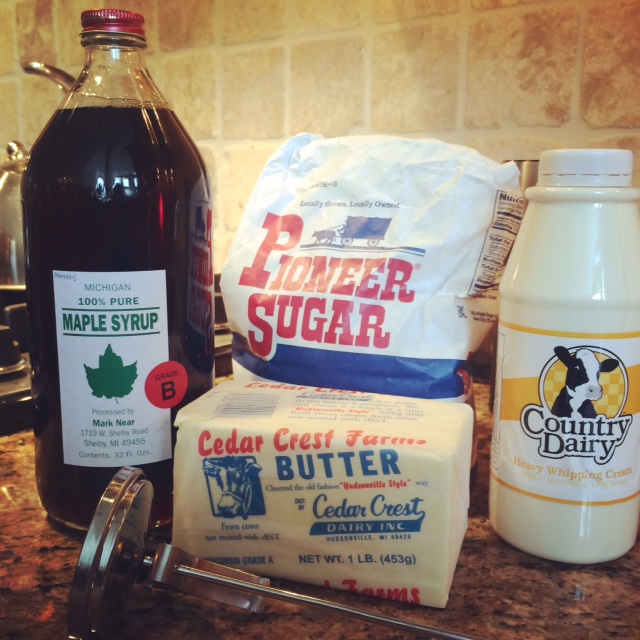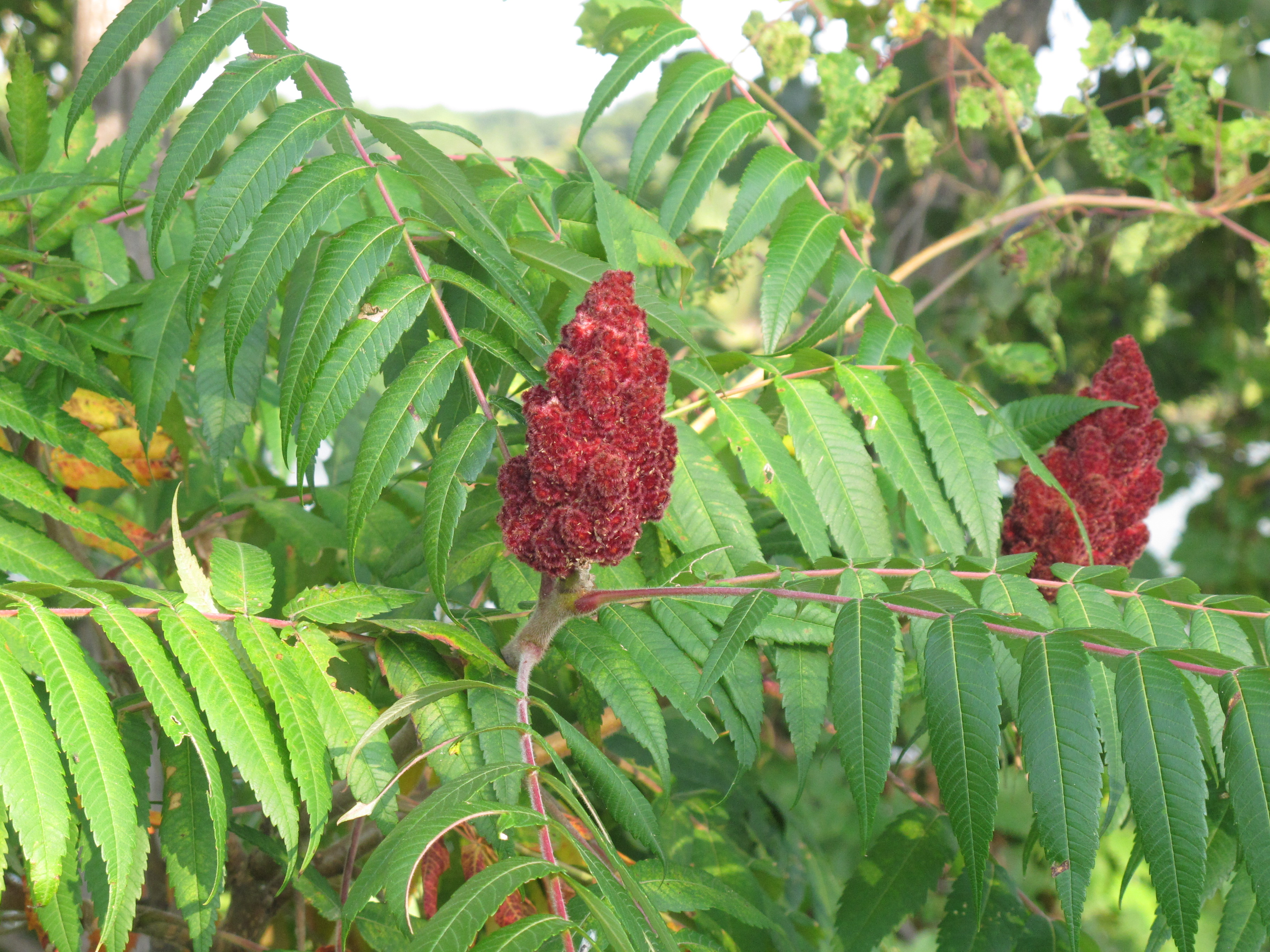
Weather’s changing. Glad for a warm hearth, food on my stove and a pantry & apothecary full of ways to keep me & my family healthy this winter. Counting my blessings.
With the cold, damp weather upon us, one of my most favorite warming drinks is Chai. I like my chai so many different ways — with boiled coffee, with Lapsang Seuchong tea for a nice smoky flavor. With good, rich raw organic milk and honey.
My chai is a basic Masala Chai and varies depending on my mood or what I have on hand. Masala means blend, and that makes me feel good about never really being strict on what goes into the pot. It allows me to tailor it as I wish.
Chai, on the whole, is a wonderful beverage that can help move circulation to the fingers and toes. It is perfect for this time of year once the weather turns colder. If you are headed outside, drink Chai when you come back in to quickly warm up those extremities. As someone who is chronically cold, this is a great way to warm up (that, and making sure I get enough fats in my diet!!).
Funny enough, I never had many warming aromatic spicy drinks in my house growing up as a child. I don’t ever remember having ginger in the house or chilies … and gosh, maybe never even fresh garlic, now that I think of it. Ah, life as a caucasian child in West Michigan in the 80s… These are all herbs I’ve come to appreciate from my own culinary and herbal learnings as an adult. But I digress. That’s all for another post.

It wasn’t until I moved out to the San Francisco Bay Area that really began drinking Chai (REAL chai — not the stuff in the box that became popular in the late 90s). I learned how to first make chai while volunteering at Alice Water’s Edible Schoolyard in Berkeley… and somewhere I have that recipe that will serve 30. I’ve adapted that recipe over the past 12 years (below), and now I can easily make just a pot of chai on the stove for myself while working at home or for visiting friends and clients. You will find my recipe is written in a way that it can be easily scaled for any size group.
Making Chai Magical with Chaga. One of the most delicious ingredients I’ve been adding to my chai lately (as well to coffee, soups, bone broths, and sauces) is Chaga mushroom. Chaga (Inonotus obliquus) is a parasitic fungus that grows out of the wounds of birch trees (Betula spp). It grows across the northern hemisphere in forests with the Birch tree, and can be found here in the woods of the Great Lakes where the birch trees are plentiful.

Location & Foraging. I haven’t had much luck finding Chaga in the immediate Grand Rapids area, so I usually head north to forage it, where it grows aplenty. Some local folks have also said that it’s abundant along the lakeshore in West Michigan — though while growing up, I cannot ever remember that being one of the mushrooms we hunted for growing up (that’s not to say it isn’t there — I am sure it is). Bring along a mallet or small hammer to help get the Chaga from the tree. It’s harder than you might think. Be sure to thank the tree when harvesting always…
Because chaga is becoming popular and has been qualified as a locavore superfood, sustainable and careful harvesting of the fungus is important. Practice mindful harvesting techniques and do not remove the entire fruiting body from the tree to ensure that the chaga will continue to grow and mature for future harvests. It can take up to a decade for chaga to regrow to a harvestable size.
Uses. I was first introduced to Chaga as it’s used in herbal medicine by herbalist and friend Jim McDonald, and fell in love with the taste, smell and texture of Chaga when I first experienced herbalist Margi Flint’s skin cream. Because of it’s history of use for cell regeneration and support for the immune system, I learned from Flint that she incorporates the Chaga into foods, teas, beverages, and into that skin cream of her’s. Not only have I fallen in love adding Chaga to all sorts of foods, but I have had fantastic luck with making herbal variations of Margi’s Chaga Cream to support the skin’s ability to regenerate healthy skin cells and ward off melanoma.

Taste. Chaga has this rich flavor profile not all that dissimilar to a dark chocolate. It pairs well adding it to boiled coffee, pasta sauces, chili recipes, mole sauces, peanut butter & chocolate smoothies and ice cream and chai. Imagine slathering yourself with this wonderful emmolient cream that smells of chocolate and feels so nourishing… Oh, I digress again. That cream recipe is for another post.

Processing. To get the most from this mushroom, it needs to be powdered and ground, and then its medicine is best extracted in a long simmering decoction in water to make a tea.
Processing is super easy if you just go online and order pre-powdered Chaga from a reputable mushroom source. I have had great experience with Mushroom Harvest and highly recommend their products. Not so easy if you are foraging your own Chaga.
If you forage your own fresh Chaga off the Birch tree, Chaga is nearly impossible to process without the use of heavy stone tools, a hammer, and — I most recently l learned — a wood rasp to grind it down to a beautifully fine powder for infusions.
Don’t put whole Chaga pieces in your blender or spice grinder as it most likely will burn out your motor and screw up your blade (trust me on this one). If you are smashing it up, take care to use a sizable, durable mortar and pestle (once broken down into larger chunks). Some say to remove the blackened exterior shell of the mushroom, but I just use the whole thing. You might want to wear protective eye-wear, too, lest you want chunks of flying Chaga in your eyeball (Safety first, right?).

Preparation. To make a Chaga infusion, add 1 part ground/powdered mushroom to 10 parts boiling water and then simmer for 20 minutes for a long extraction. Strain and consume. Make stovetop boiled coffee with it (yum). The infusion can be frozen for future use to cook foods like pastas, grains, nourishing infusions and bone broths. It can also be used as the waters in a cream recipe if you make your own skin cream.
The ground/powdered mushroom ~can~ also be added directly to a sauce or soup or smoothie (take care, though there are no large bits, lest you want to break a tooth by surprise). Some suggest a double extraction if you wish to make a tincture from a tea, but I haven’t used it this way and am not sure of the ratios. For my Chai, I add the ground mushroom to the final simmer of the herbs in the water. Or an infusion can be used to simmer the aromatics.

Lisa’s Masala Chai:
Masala Aromatics (for 2 quarts of Chai):
1 TBSP cinnamon
1 TBSP coriander
1 TBSP cloves
1/2 TBSP cumin
1/4 TBSP cardamon
1/4TBSP black pepper
1/4 TBSP dry ginger
I toss all these ingredients into an iron skillet and slightly toast them on the stove. I let the blend cool and add a dash of nutmeg, then grind when ready to make Chai. Because I make large batches of roasted Masala blend, I store it in a glass jar and then use about 5 tablespoons of herbs to grind and then make into Chai. Pro-tip: This is the same blend you can use to make a Masala vegetable dishes. So it’s good to have a large batch on hand for more than just chai.. 😉
Simmering the Chai:
Add the Masala Blend, 2 TBSP of ground Chaga to a pot and cover with 2 quarts boiling water, simmer for 20 minutes. For a bit more local flavor, add in a few tablespoons of local SpiceBush Berries if you have some.
Remove from heat and add black tea (I like Lapsang Seuchong) if you wish. If your tea is added as loose leaf, I suggest that you strain the Chai into a thermos or teapot after about 2 minutes (the tea can turn your Chai very tannic if left to steep too long). If using a tea ball, just remove the tea after a few minutes.
Sweeten the entire pot or by the glass with real maple syrup or honey. Yum. Add milk, too, if you like. Sip. Enjoy.
~~~~
Resources:
Processing Chaga video: I came across this interesting YouTube Video and thought I’d share. It demonstrates the use of a rasp.
More on Chaga from another Michigan WildCrafter
Kiva’s Chai Musings
Double extraction process for making a tincture with Chaga
For other Chai recipe ideas: FoodIly
To order bulk organic herbs, I frequently recommend Mountain Rose Herbs

















 I remember growing up in my mother’s garden: Tall stalks of corn, overgrown zucchini bushes, large heads of cabbages — all part of the bounty grown for our dinner table. My mother canned and made preserves from our seasonal bounty, but we also had wild foods as part of our seasonal harvests.
I remember growing up in my mother’s garden: Tall stalks of corn, overgrown zucchini bushes, large heads of cabbages — all part of the bounty grown for our dinner table. My mother canned and made preserves from our seasonal bounty, but we also had wild foods as part of our seasonal harvests. 

































